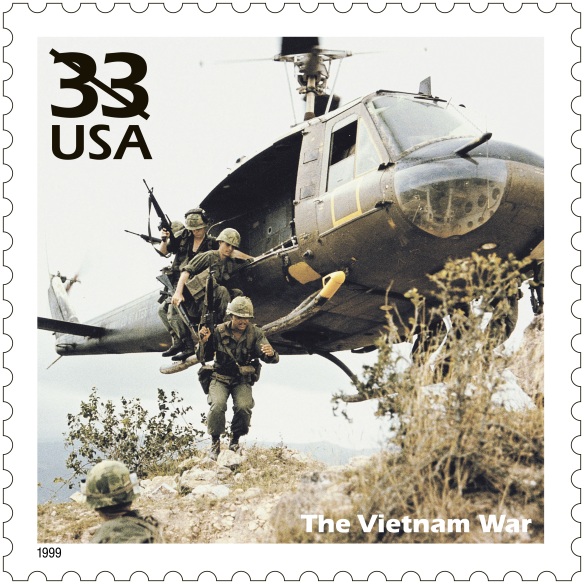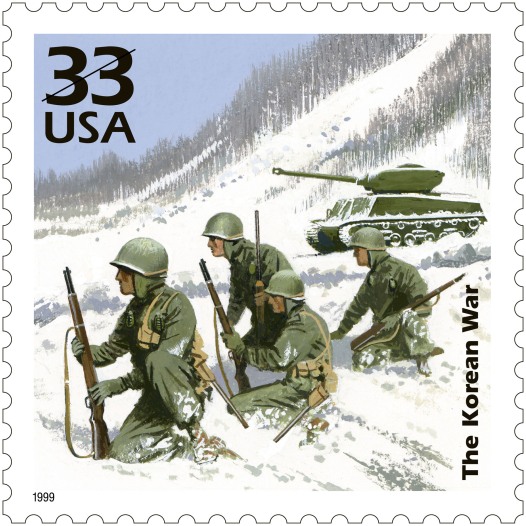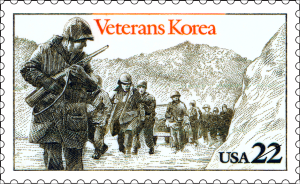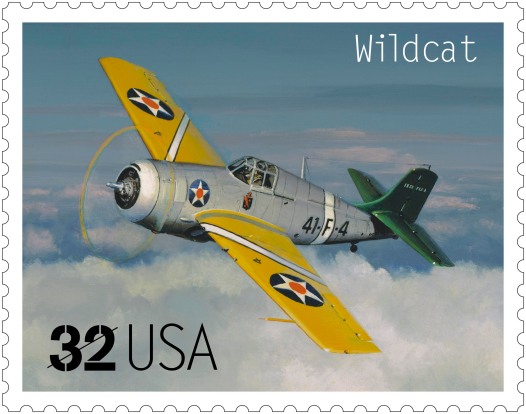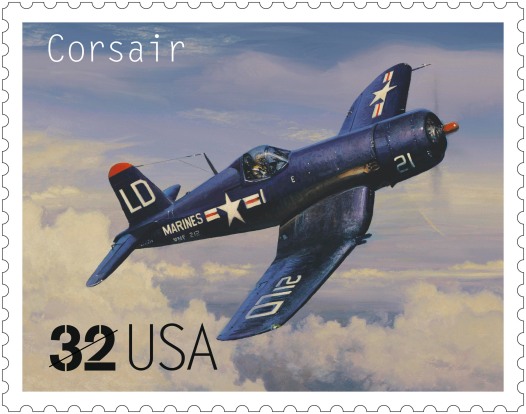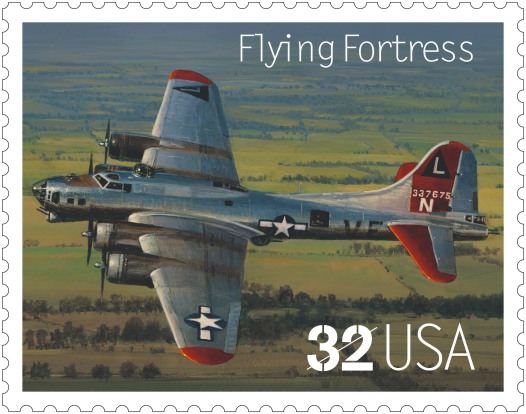Today the U.S. Postal Service continues its series commemorating the 150th anniversary of the Civil War, joining others across the country in paying tribute to the American experience during the tumultuous years from 1861 to 1865. A souvenir sheet of two stamp designs is being issued each year through 2015.
For 2012, one stamp depicts the Battle of New Orleans, the first significant achievement of the U.S. Navy in the war, while the other depicts the Battle of Antietam, which marked the bloodiest day of the war and a major turning point. The are being issued in sheets of 12.
 The Battle of New Orleans stamp is a reproduction of an 1862 colored lithograph by Currier & Ives titled “The Splendid Naval Triumph on the Mississippi, April 24th, 1862.” It depicts Admiral David G. Farragut’s fleet passing Forts Jackson and St. Phillip on the way toward New Orleans.
The Battle of New Orleans stamp is a reproduction of an 1862 colored lithograph by Currier & Ives titled “The Splendid Naval Triumph on the Mississippi, April 24th, 1862.” It depicts Admiral David G. Farragut’s fleet passing Forts Jackson and St. Phillip on the way toward New Orleans.
Digital Color Postmark Keepsake (click to order)
In the opening months of 1862, Union forces won a series of battles in the West, taking control of Kentucky and most of Tennessee, including the state capital of Nashville. This string of victories culminated in the surprising and hugely important capture of the bustling port of New Orleans, the South’s largest and wealthiest city and the gateway to the Mississippi River.
To take New Orleans, the U.S. Navy had to find a way of getting past two forts, Jackson and St. Philip, located on opposite banks of the Mississippi River some seventy miles below the city. For this task, Secretary of the Navy Gideon Welles selected David G. Farragut, a sixty-year-old career officer who had served in the Navy since he was nine and had fought in the War of 1812 and the Mexican War.
Assisting Farragut was his foster brother, David D. Porter, a Navy lieutenant who commanded a mortar flotilla that was to prepare the way for Farragut’s fleet by bombarding the forts. Bombarding began on April 18 and continued for six days. But when it failed to subdue the forts, Farragut decided, against the advice of Porter and others, to run the gauntlet and hazard a hail of cannon fire from the forts. At 2 a.m. on April 24, he gave the signal for his fleet to make the daring attempt.
First Day Covers (click to order)
When his vessels were spotted shortly thereafter, the forts opened fire and each ship returned fire as it came within range. The flagship Hartford received numerous hits and was set aflame by a fire raft after running aground above Fort St. Philip. But the crew managed to gain control, and by daylight Farragut and his squadron were well past the forts and on their way to New Orleans. All but three of the seventeen vessels made it upriver, while Union fatalities from the fierce shelling were limited to 37 sailors.
On April 25, Farragut’s fleet reached the city, which was lightly defended since Confederate leaders had diverted troops to the eastern theater, confident that an attack from downriver would never succeed. On May 1, Union General Benjamin Butler’s troops occupied the city.
The capture of New Orleans was a major victory for the Union. It placed the Confederacy’s most vital port in Union hands—affecting southern trade, finance, and shipbuilding. It also gave the Union access to the Mississippi River and important Southern towns such as Vicksburg and Mobile. Perhaps of even greater importance, the South’s failure to defend one of its key economic assets dealt a severe blow to its efforts to win diplomatic recognition and material aid from Britain and France.
Farragut’s triumph made him a hero to the North and resulted in his promotion to rear admiral. He was ultimately promoted to full admiral, the first in the history of the U.S. Navy.
 The painting, by Michele Felice Cornè, circa 1803, is considered to be the most accurate contemporary depiction of the ship, which acquired the nickname “Old Ironsides” during a victorious battle at the beginning of the war. In 2009, the majestic frigate, now docked at the Charlestown Navy Yard in Charlestown, Massachusetts, was officially designated as “America’s Ship of State.”
The painting, by Michele Felice Cornè, circa 1803, is considered to be the most accurate contemporary depiction of the ship, which acquired the nickname “Old Ironsides” during a victorious battle at the beginning of the war. In 2009, the majestic frigate, now docked at the Charlestown Navy Yard in Charlestown, Massachusetts, was officially designated as “America’s Ship of State.”
